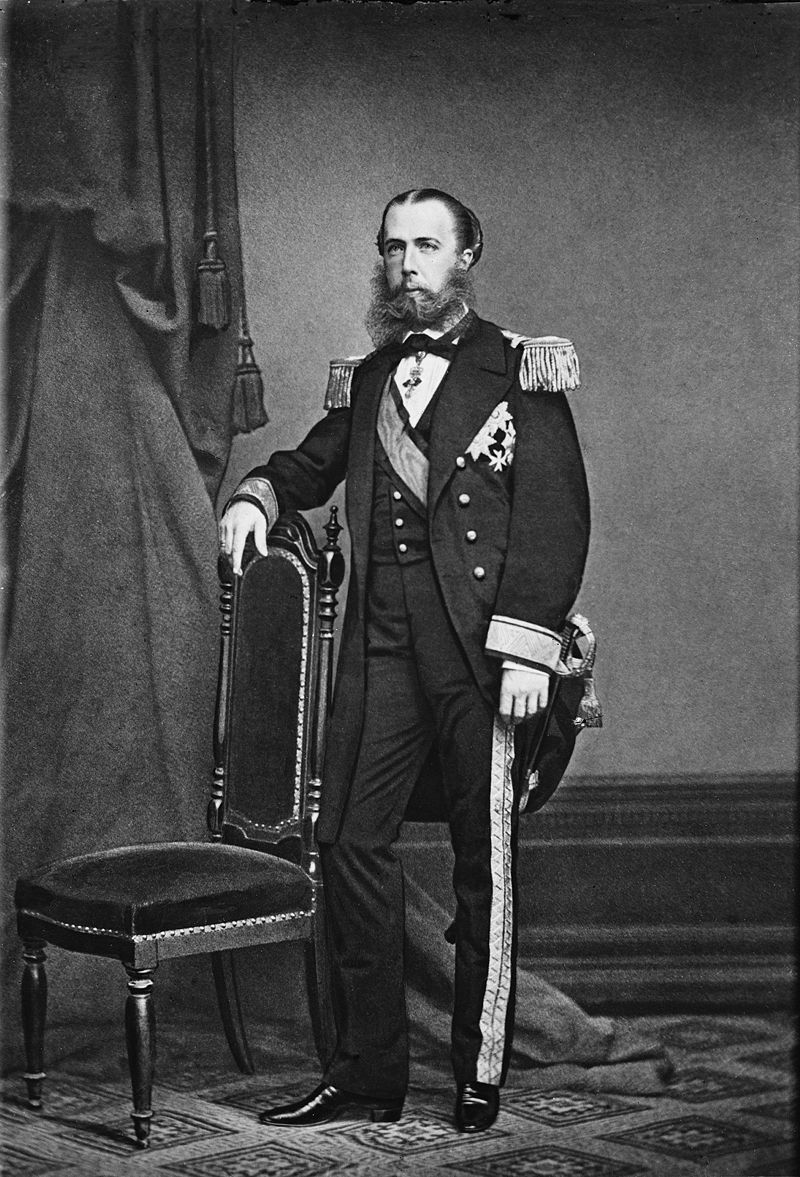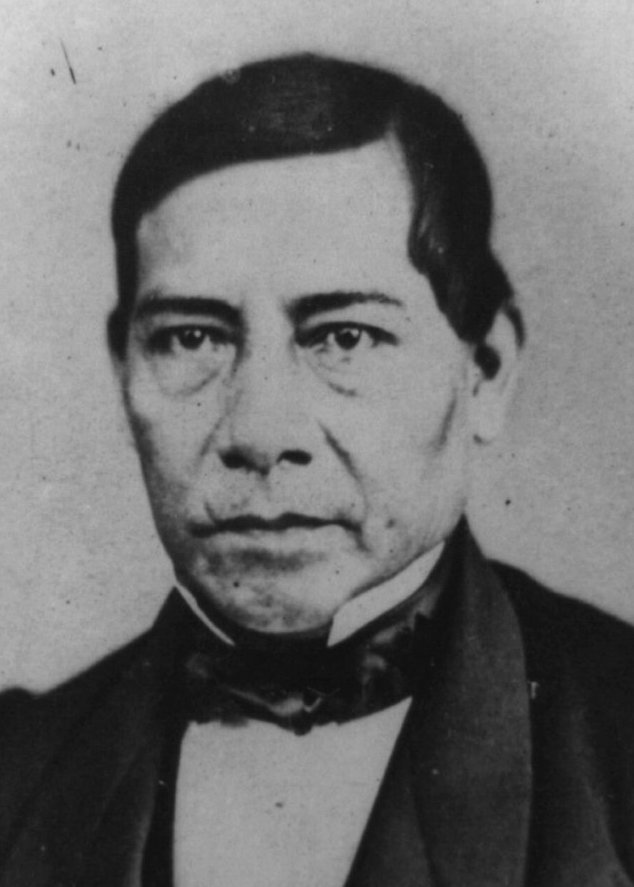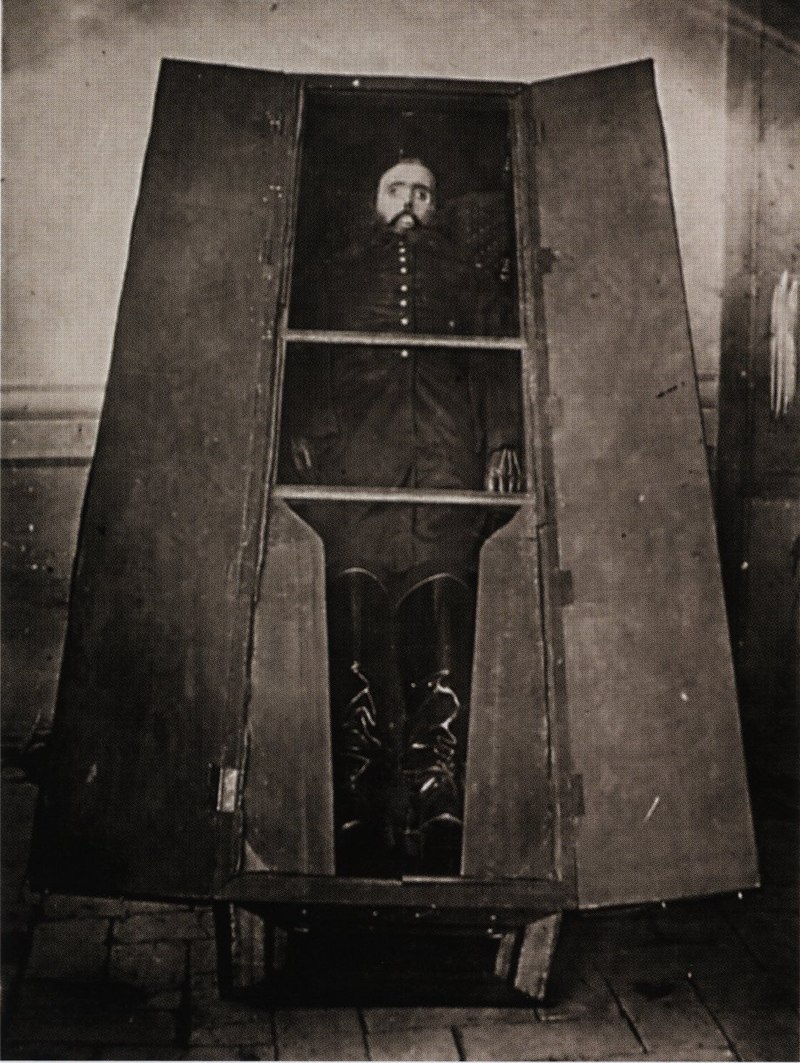by Scott Mehl © Unofficial Royalty 2020
On June 19, 1867, Emperor Maximilian I of Mexico was executed by firing squad on the Cerro de las Campanas (Hill of the Bells) in Querétaro City, Mexico.

Emperor Maximilian I of Mexico. source: Wikipedia
Archduke Maximilian of Austria was born in Vienna on July 6, 1832, the second son of Archduke Franz Karl of Austria and Princess Sophie of Bavaria. His elder brother was Emperor Franz Joseph I of Austria. Following a strict education in the Austrian court, Maximilian began his military training and quickly distinguished himself in the Austrian Navy serving as Commander.
In July 1857, Maximilian married Princess Charlotte of Belgium, his second cousin. The couple had no children. Two years later, Maximilian was first approached by a group of monarchists who wanted him to take the Mexican throne. Several offers were made over the next four years which Maximilian declined. However, after the French intervention in Mexico in 1863, he received a similar offer from Napoleon III, Emperor of the French. This time, he accepted. In doing so, he lost all his Austrian titles and dignities – something he was aware of until just before he departed for Mexico.
After accepting the Mexican crown, Maximilian and Charlotte arrived in their new country in May 1864, receiving little support from the Mexican people. They established their primary residence in Chapultepec Castle in Mexico City, a former military academy that Maximilian had remodeled and turned into an appropriate home for an Emperor.
For more information, see Unofficial Royalty: Archduke Maximilian of Austria, Emperor of Mexico
What led to Maximilian’s execution?

Benito Juarez, President of Mexico. source: Wikipedia
Maximilian arrived in Veracruz, Mexico, to a frosty reception. He was supported by Napoleon III and the Mexican conservatives but the liberal forces led by Benito Juárez, the former president deposed by the French, refused to recognize his rule. Despite this, Maximilian and Carlotta (as she was now known) set out to improve conditions in Mexico. He soon angered his conservative supporters when he chose to continue several of the liberal policies set in place by the Juarez government, including religious freedom and land reforms.
Following the American Civil War, the United States recognized Juarez as the rightful leader of Mexico and pressured France to end its support for Maximilian. Eventually, in 1866, Emperor Napoleon III withdrew his troops from Mexico under pressure from the United States, and to build up his troops at home in the ongoing battle with Prussia. Napoleon III even urged Maximilian to leave Mexico but he refused. He continued to fight the conservative forces led by Juarez before being forced to retreat to Santiago de Queretaro in February 1867. In May 1867, Maximilian tried to escape but the plan was sabotaged by a military officer who was bribed to leave a gate open and allow the forces through. The city fell to the conservative forces and Maximilian was taken into custody, court-martialed, and sentenced to death. Despite pleas from many of the reigning crowns of Europe, President Juarez refused to pardon the former Emperor and save his life.
The Execution

The execution of Maximilian (on right) and his generals. source: Wikipedia
On the morning of June 19, 1867, Emperor Maximilian of Mexico and two of his generals were executed by firing squad in the Cerro de las Campanas. His last words, in Spanish, were reportedly “I forgive everyone, and I ask everyone to forgive me. May my blood, which is about to be shed, be for the good of the country. Long live Mexico, long live independence.”
What happened to Maximilian?

Maximilian’s embalmed body on display. source: Wikipedia
Following the execution, Maximilian’s body was embalmed and put on display in Mexico. In January 1868, an Austrian admiral was sent to bring the body back to Austria. The Emperor’s coffin was taken on board the SMS Novara which sailed for Trieste, Italy. It was then taken to Vienna, where on January 18, 1868, it was placed in The Imperial Crypt.

Tomb of Emperor Maximilian I of Mexico; Photo Credit – © Susan Flantzer
This article is the intellectual property of Unofficial Royalty and is NOT TO BE COPIED, EDITED, OR POSTED IN ANY FORM ON ANOTHER WEBSITE under any circumstances. It is permissible to use a link that directs to Unofficial Royalty.
